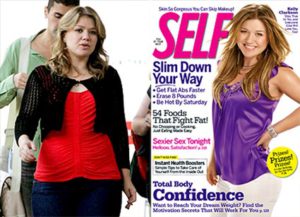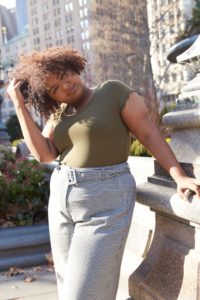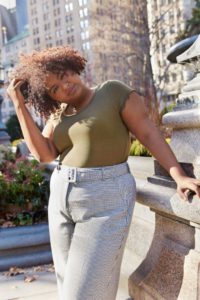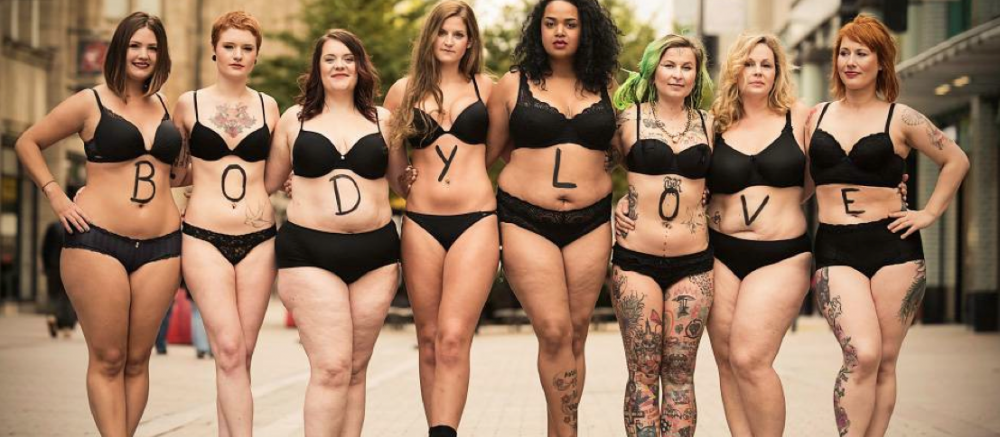“From this lens, we can easily view photoshopping as anti-feminist. We can argue that the industry is not inclusive. That it does not embrace all body types, colors, styles, shapes, and sizes“
How does the changing face of photo retouching affect us?
By now, most of us are aware of photo retouching. How the people we see in magazines, billboards, and commercials more than likely do not accurately represent their real-life selves. With every passing year, photoshop and other methods of graphic art become more streamlined and sophisticated. This is great, insofar as human technological advancement and expansion of artistic mediums. However, studies have long been in the making – specifically about women – regarding the effects of projecting unrealistic standards of beauty into the public for young impressionable minds to see.
There are so many facets to this topic–retouching as a practice, links to eating disorders, recent strides towards more body positive media, among others. I will not be able to cover all of them in one blog post, or even two. I will attempt in this post to draw parallels and make at least brief mention of the aforementioned three, as they relate to the issue at hand.
According to The Art Career Project website, photo retouching is defined as “the process of manipulating photographs in order to slightly change the looks of a subject. This includes basic ‘fixes’, like erasing pimples or making a ruddy complexion appear even. Some talented photo retouchers can also perform more complex ‘fixes’, such as making a subject appear slimmer or even morphing two or more subjects seamlessly.” As we can see, this is a powerful tool, which can distort images for better or worse.
In 2014, Beauty Redefined published an article bashing photo retouching. It cites on the specific example of Kelly Clarkson on the cover of SELF magazine’s September 2009 edition. Here is Clarkson’s cover versus how she looked for an interview on Good Morning America only a few days later:

The irony being the words “total body confidence” sprawled across the front page, where Kelly Clarkson stands, digitally slimmed down several sizes. I will make clear that neither version of Kelly Clarkson is right or wrong. Her size, bigger or smaller, does not define her worth. What I mean to say is that SELF, in this case, misrepresented Clarkson, which indicates shame in her actual appearance. This sends a message. Who hears it? Young girls everywhere, who see these covers. They hear loud and clear that the shopped image is the embodiment of female beauty whereas larger sizes are less desirable, less attractive, and less worthy of attention. Untrue in reality, but perfectly valid to them.
From this lens, we can easily view photoshopping as anti-feminist. We can argue that the industry is not inclusive. That it does not embrace all body types, colors, styles, shapes, and sizes. It forces women into boxes and perpetuates dysmorphic perceptions of how women’s bodies should look. Moreover, it encourages people to continually make snap judgments about women’s characters based solely on their appearances.
These malformed beauty expectations are linked to widespread distorted perceptions of what healthy looks like lower self-esteem among girls, and escalated rates of eating disorders. According to ANAD, at least 30 million people of all ages, genders, and races currently suffer from some form of eating disorder in the United States. Of all mental illnesses, eating disorders have the highest mortality rate. While genetics and personality traits certainly influence development, environmental factors also contribute to these illnesses’ formations. Of course, this is certainly not to say that photo retouching is entirely to blame for anyone developing eating disorders. Far from it. However, the images we see penetrate our minds and speak messages to our subconscious minds. In the mind of someone who is already insecure and vulnerable, of which there are many, this kind of misleading media can be harmful.
On the opposite side of the argument, many people say we have made strides towards more body positivity. To an extent, I agree with this. After all, we cannot ignore the facts and the definite shift over the past couple of years. Clothing companies such as Aerie, Modcloth, and Lululemon have changed their campaigns to include a broader range of body types, reduced photo retouching, and expanded their product lines to cater to larger women. Ad campaigns such as #HereIAm (JCPenney), #MyBeautyMySay (Dove), and #LikeAGirl (Always) are working to challenge the beauty mold. Spoken word poets, such as Rachel Wiley, are writing about being marginalized, plus-sized women in our culture.
Refinery29’s 2016 article, “Something’s Happened To Retouching Recently & It’s Time You Noticed” outlines more evolved, less extreme photoshop practices a lot of agencies are adopting as time goes on. It claims that “Instead of reshaping, shellacking, and airbrushing women to look more like model versions of one another (thin, tan, young, and tall with shiny hair and clear skin), the retouching trend today is more focused on making sure you see individual quirks, without distraction.” It provides a before and after photo example from, Feather Creative, a post-production studio that represents retouchers. Before retouching is on top after is below.


I was not able to spot any differences at first. However, the article explains that they straightened the belt, slightly altered the lighting, sharpened her pants print, and cleaned up the background. The model is not slimmer in the second photo. We feel like we could be looking at the exact same photo twice, but really, the artists have simply worked to increase the photo’s quality.
Moreover, it is a complex issue. In my view, we have definitely come a long way since photo retouching first entered our realm of possibility. Our society contains a deeply rooted patriarchy, so it comes as no surprise that women are oppressed in the media. That there are inauthentic images, shaped by absurd standards of beauty. Heinous though retouching can sometimes be, we are slowly waking up and changing our ways. In my opinion, there is no need to phase it out completely. Rather we just need to continue learning to properly harness retouching and use it for more good than harm.
About The Author

Anneliese Aberg Scalzo is a senior World Literature major at Fairleigh Dickinson University. She hopes to pursue a career as a human rights attorney. Anneliese is immensely passionate about issues involving disadvantaged populations and hopes to utilize her affinity for words to spread awareness. In her downtime, Anneliese enjoys practicing her Swedish language skills, adding to her home library, and relaxing with her dogs.
